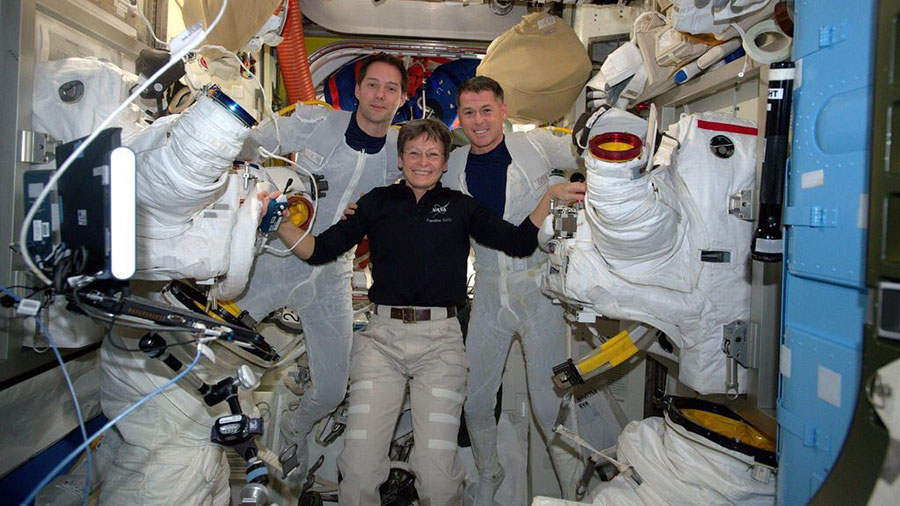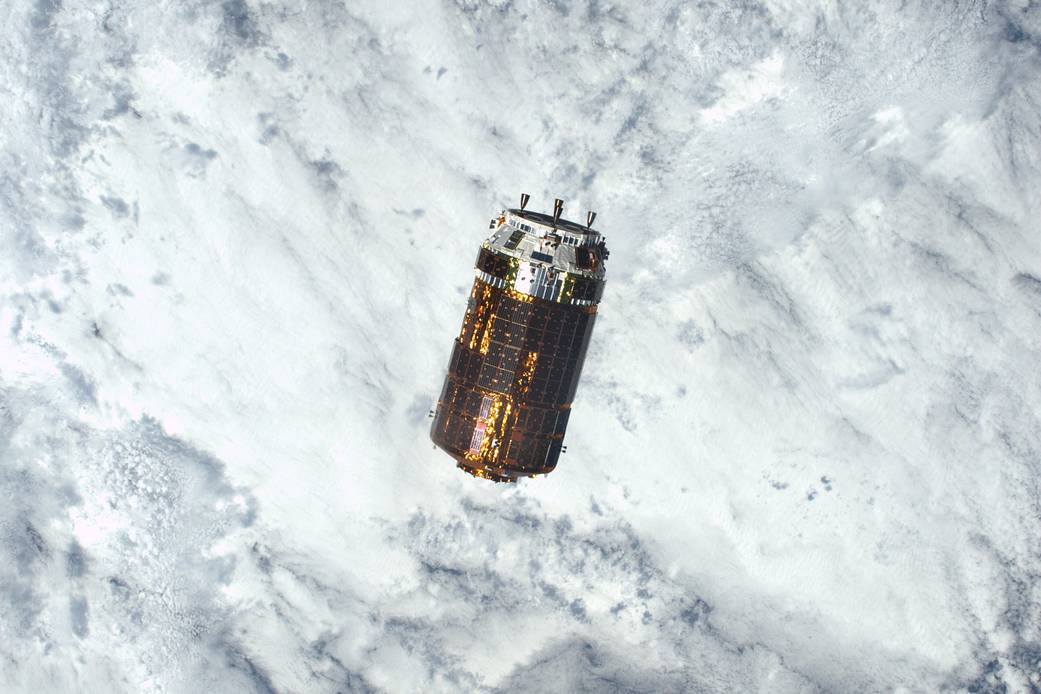Expedition 50 Completes Second Spacewalk of 2017 on January 13th
January 13th, 2017

Image Source:NASA Blogs and Twitter
After a successful completion of 2017’s first spacewalk, Commander Shane Kimbrough was joined by first-time spacewalker Thomas Pesquet to conduct the second spacewalk of the year on January 13th - a continuation of the upgrades of the solar power systems in the International Space Station (ISS).
First Spacewalk of 2017
Commander Shane Kimbrough and flight engineer Peggy Whitson started the upgrades to make use of the new batteries that arrived through a Japanese HTV-6 cargo craft named “Kounotori” in December 2016. One of their major tasks was to replace the current Nickel-Hydrogen batteries that have been providing power to the ISS since 1988. These batteries act as an important charging system when the Space Station is under the Earth’s shadow. The new Lithium-Ion batteries not only have a longevity of a decade, but also are much lighter and more efficient. In fact, one Li-Ion battery can replace the function of two Nickel-Hydrogen powered batteries. Kimbrough and Whitson also used Dextre, a robotic handyman produced in Canada to perform tasks such as batteries transfer and loosening the bolts that hold the metal plates of new batteries. Robotics in space is highly preferred as they help reduce the time thus risks of astronauts working outside in space.

Second Spacewalk of 2017
On top of the completion of the first stage batteries replacement, Kimbrough and Pesquet also did additional work to better prepare for future spacewalks. These include taking photos to take record of current hardware and putting away padded shieds to create more space in the airlock.
The second spacewalk took less than the planned 6.5 hours to complete. Ever since the first spacewalk, there have been 193 spacewalks and each of them usually takes 5.5 hours to complete depending on the nature of task. The longest spacewalk in history was 8 hours while the shortest one was 14 minutes. The spacewalk on January 6th began at 7:23 AM and lasted for 6.5 hours. After this latest spacewalk, Whitson is officially the most experienced spacewoman who has performed as many as seven spacewalks in her career. NASA also estimates that the whole process of energizing the solar power system in space - replacing 48 Nickel-Hydrogen batteries with 24 Lithium-Ion batteries will take approximately 4 years to finish.
Click here to rewatch the live coverage of the second spacewalk and read more at NASA Blog. #SpacetoGround



